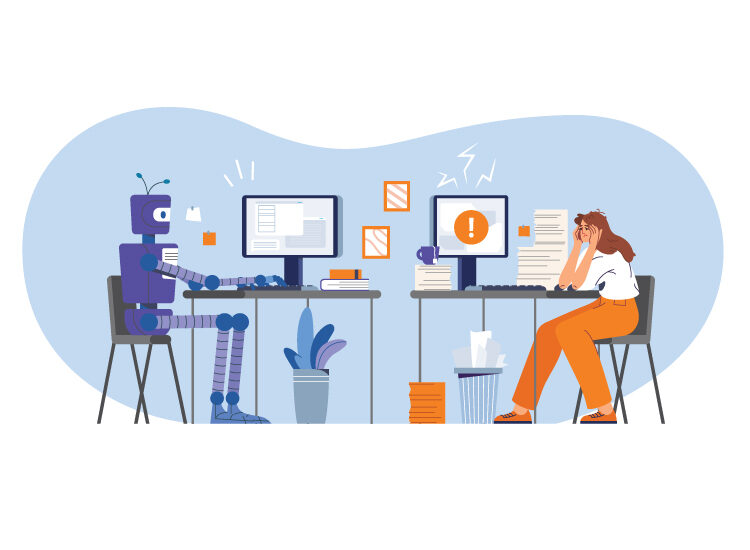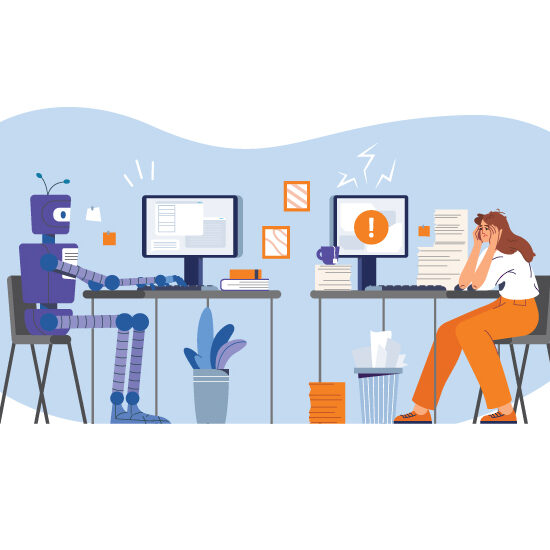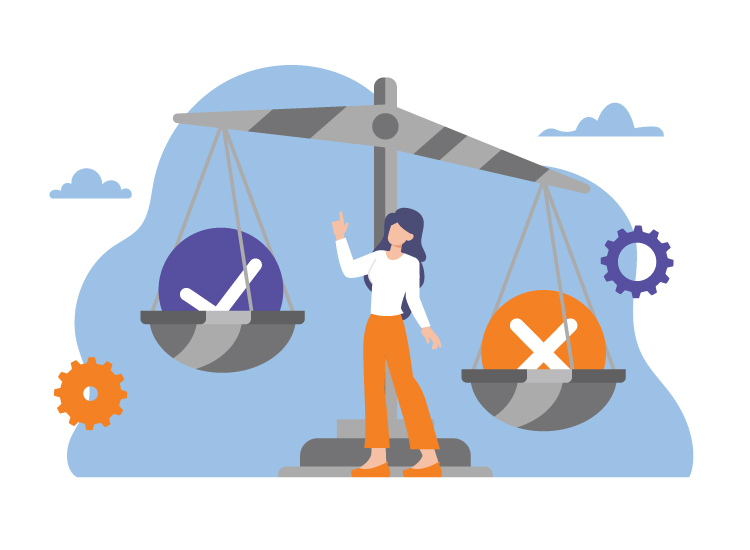Artificial intelligence and the associated technology known as machine learning (ML) are making their way into every industry. We’ve been told these technologies will change our lives, but what exactly are they? For those involved in manufacturing, how will they change the industry and boost productivity? Keep reading to find out.
Definition of Artificial Intelligence
Microsoft defines artificial intelligence as “the capability of a computer system to mimic human cognitive functions such as learning and problem-solving.” AI software allows a computer to simulate human reasoning. Machine learning is a subset of AI that uses data and mathematical models to teach a computer how to react on its own. Instead of requiring coded instructions for every situation, ML software allows a computer to learn from new information and make appropriate decisions.
The close connection between AI and ML is based on their interaction. Machine learning begins when models are created from data patterns. Data scientists optimize and refine these models to develop an AI system that performs with high accuracy.
How AI Boosts Productivity in Manufacturing
Artificial intelligence and machine learning started a revolution in manufacturing automation that is still underway. Many companies are successfully leveraging AI technology to deliver high-quality products without sacrificing cost or manufacturing speed.
These are some of the manufacturing areas where AI has proven most effective.
-
Predictive Maintenance
One of the greatest values AI provides in a manufacturing environment is analyzing historic data and forecasting future failures. AI is also used to determine the root cause of a failure and to estimate repair time. According to a McKinsey report, being able to predict and address breakdowns before they occur can reduce manufacturing downtime by up to 50% and increase machine life by up to 40%.
-
Inspection and Quality Control
The automated optical inspection machines used to ensure product quality in many manufacturing facilities have a low accuracy rate of 60-70%. High resolution cameras and AI software can be used with AOIs to recognize patterns of defects, significantly improving product quality. AI can help identify why a quality problem occurred, whether a quality problem occurred because of a machine malfunction, or if there was another cause. AI software can also analyze real-time images of the manufacturing process to detect deviations from quality standards before they leave the plant.
-
Data-based Forecasting
Artificial intelligence and machine learning can test proposed changes to the manufacturing process before they’re put in place. Manufacturers can tweak production methods and analyze results via mathematical models. Using machine learning, algorithms can adapt to supply chain disruptions, changes in consumer demand and other information that could affect inventory.
-
Augmenting Human Skills
In manufacturing and other industries, AI is a tool that increases available skills rather than replacing human skills. For example, industrial robots can perform tedious and repetitive tasks without tiring or getting bored, and the results will be more accurate than for a human worker.
-
Targeted Personalization
AI software is allowing some manufacturers to personalize products according to customer preferences. This is an appealing feature for many consumers empowered by social media and online shopping. A Deloitte survey on mass personalization found that 20% of consumers would pay more for personalized products. Since personalization often conflicts with manufacturing production goals, artificial intelligence can help determine the optimal level that a manufacturer can support while still being seen as a benefit by consumers.
The reasons listed above and other industry-specific benefits explain why 84% of C-suite executives know they need artificial intelligence to achieve their business objectives, according to a study conducted by IT services company Accenture.
Developing a successful AI initiative requires research, time, and patience. The benefits may not be immediately apparent. Through the combined effort of manufacturers and data scientists, manufacturing algorithms can develop and mature. As a result, we can expect manufacturing capacity to improve and expand.




